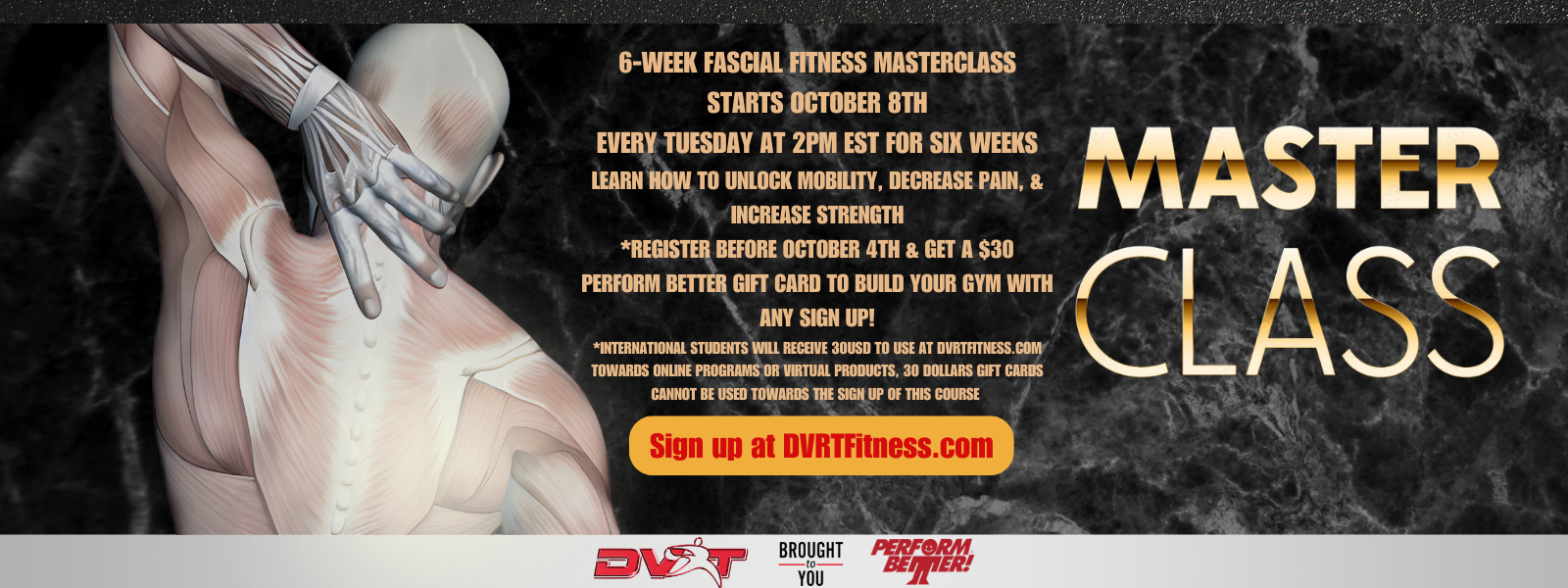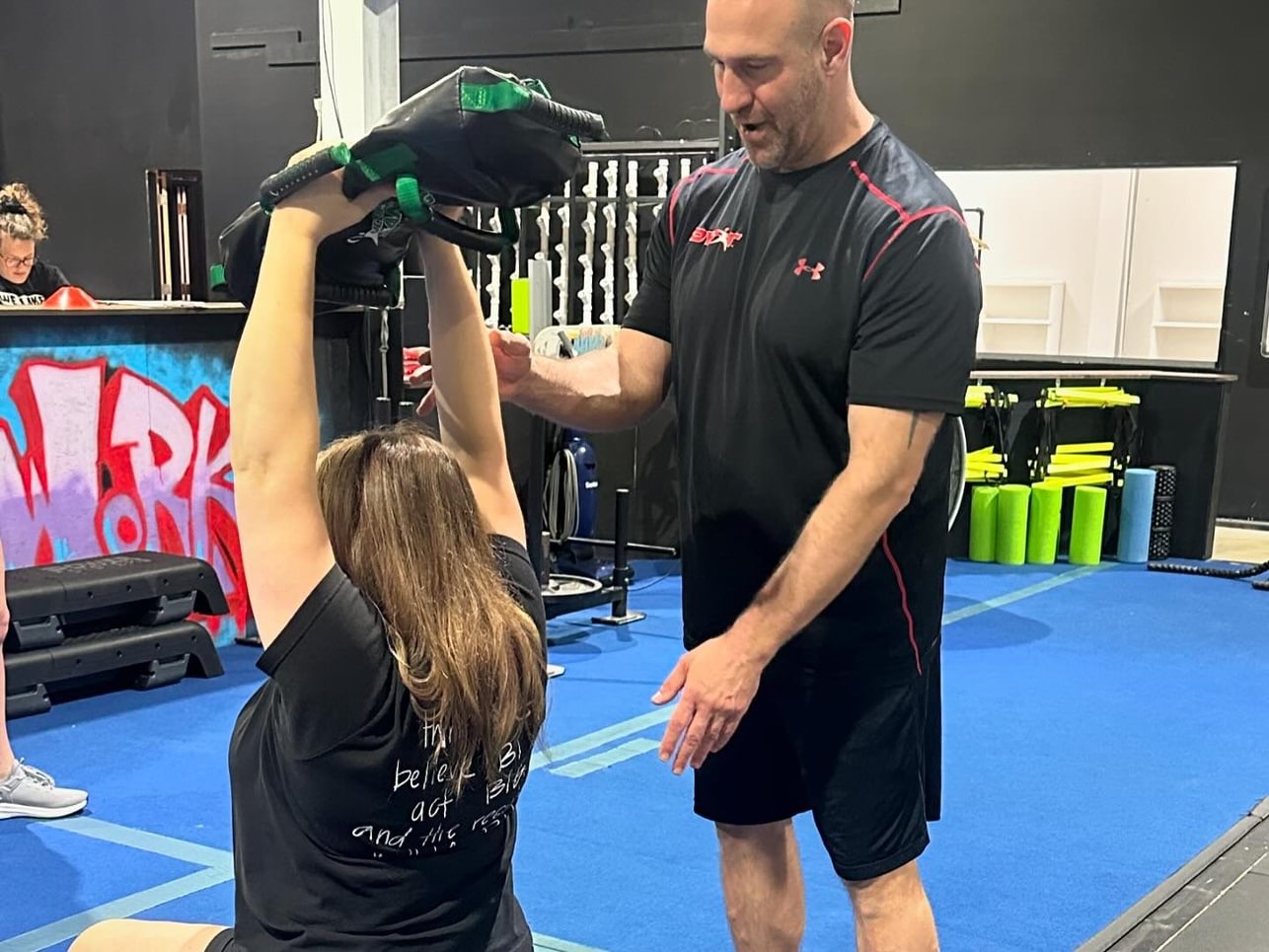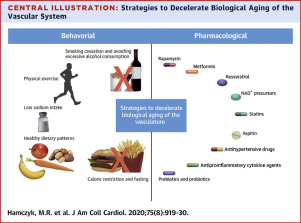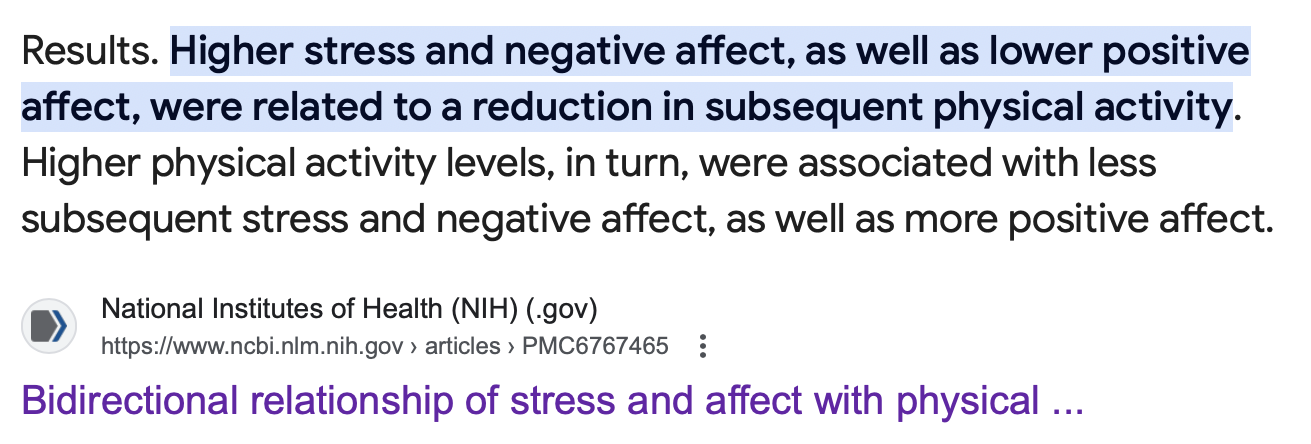Mistakes Of Fitness After 40
2024-09-23

The internet is a really confusing place, even for someone who has been in the industry for a long time! We often treat the ideas of training after 40 inconsistently; one moment we say age is just a number, the next we panic over hormonal changes. One moment we promote sprinting and plyometrics, and the next we discuss how many people aren’t moving enough in their daily lives. It’s exhausting, right?
As someone whose career has primarily involved working with people over 40, and who is now closer to 50 than to 40, I believe some practical and honest advice could be very helpful. That’s why I want to address some of the biggest mistakes in fitness after 40.

Chronological Age vs. Training Age
One of the first things I do with clients over 40 is focus on their training age rather than their chronological age. I’ve worked with many active individuals in this age group who are far more capable than some high school athletes I’ve encountered, who barely practiced their sport.

Research shows that if we stay active or become active, we can delay many of the undesirable effects of aging. Therefore, understanding how active someone is and what types of activities they engage in is crucial. This information is much more valuable than simply considering their age.
Past Injuries and Health Issues
We’ve all heard someone say, “Man, getting older sucks!”—often while rubbing their knees, lower back, or neck. I don’t believe aging has to “suck,” as it is a natural process. However, many people accumulate injuries and health issues over the years, which can take a toll on their well-being.
If someone has knee issues from their younger years that were never addressed, it can lead to reduced activity and make aging feel burdensome. This lack of activity, combined with poor lifestyle choices, can result in chronic illnesses.
Aging does change our bodies, but we have more control over healthy aging than many people realize.
View this post on Instagram
Coach Robin Paget shows that addressing these issues doesn’t mean we give up our strength and fitness goals.
Looking at Their Lives
Colleagues often send me clips from podcasts asking for my opinion on what “experts” say about aging and fitness. What I find is that many of these discussions overlook the realities of people’s lives.
When I was a young coach at 25, it was odd for me to offer life advice to a 45-year-old. I had no idea what it was like to be married, have children, own a home, or work in a job I didn’t love. People at different ages have varying priorities and values, so doing a thorough inventory of someone’s life is more important than focusing solely on their age.
I want to know the following:
- What’s important to you?
- Why is your fitness goal meaningful?
- How many hours a week do you work?
- How stressed do you feel at home and work?
- What are your biggest concerns?
Questions like these give me a much clearer understanding of what we need to prioritize than just their age. Chronic stress can age people biologically much faster, so identifying and addressing impactful areas is key.

Should I Do Cardio, Lift Heavy, Sprint, or Walk?
The fitness landscape online is overwhelming. Everyone seems to have a different opinion, often implying that what you’re currently doing isn’t good enough. Sound familiar? This strategy is common in marketing, suggesting that people need a new “thing” because their current approach isn’t effective.
I aim to clarify that we are offering better strategies based on research and how to implement them. If what you’re doing is working, great! We can explore how to enhance it further.
However, the advice about training after 40 can be confusing. Some recommend 10,000 steps, while others advocate for high-intensity training or more endurance-focused activities. The confusion arises because most of the advice has some value, but it often lacks comparative studies on how different strategies perform for specific populations.
View this post on Instagram
Shannon does a great job showing that you can train smart and hard at the same time
So, what do you need to know?
- How active are you or your client right now? If you haven’t been working out consistently, we’ll prioritize building more daily activity, teaching foundational movement patterns, and focusing on strength and mobility to enhance your overall health.
- What type of health issues do you have? If you have a history of knee, shoulder, or lower back issues, we’ll prioritize addressing those first. If movement is painful, pushing harder won’t help us achieve fitness goals. For those with cardiovascular concerns, we may need to be cautious with high-intensity activities and focus more on endurance training.
- How much time do you have to train? This is one of the biggest issues rarely discussed. For many, time is the limiting factor. If you want to engage in high-intensity training, be prepared to commit more time to recovery strategies, such as stretching and soft-tissue work. Do you have time for that?
Most people over 40 are happy training three days a week for about an hour. If that’s the case, we’ll strive for balance in the workouts while considering the priorities we’ve discussed. Some may need more flexibility, mobility, and stability work, while others may benefit from a strength-focused approach.
The key point is that we’re dealing with humans, not machines. Sometimes the fitness industry overlooks this essential factor. What do you enjoy doing? For many, fitness feels like a chore, a task to fit into their busy lives. Finding enjoyable activities is one of the simplest and best ways to increase consistency in workouts. After all, enjoyment may be the most critical factor in improving health and fitness for people over 40.
The concepts and exercises we show in our upcoming 6-week online Fascia Fitness Masterclass teaches how to apply these ideas into programs that can help anyone achieve their fitness goals. Don’t miss it and get a $30 FREE gift card to invest in awesome functional training tools Sign-up ends October 4th so don’t miss it HERE
View this post on Instagram
© 2025 Ultimate Sandbag Training. Site by Jennifer Web Design.






